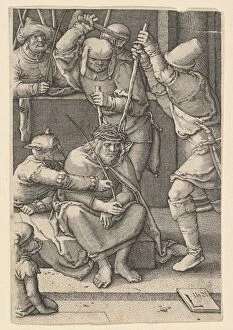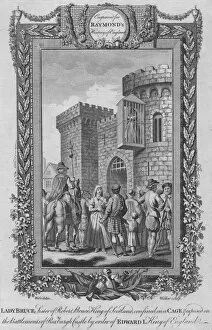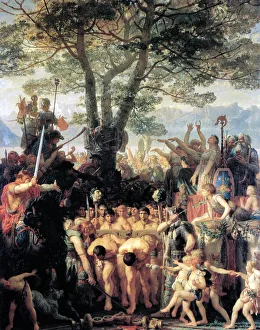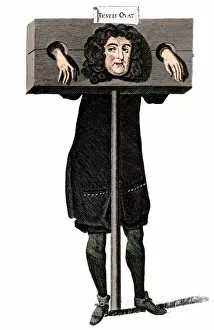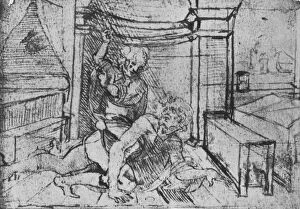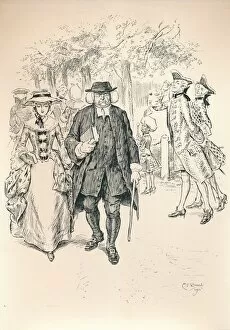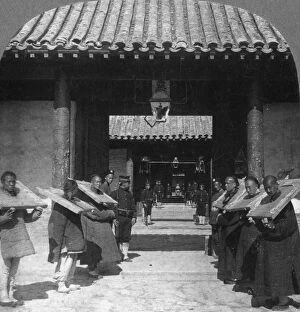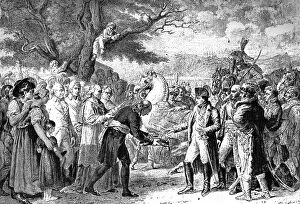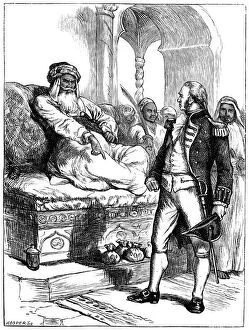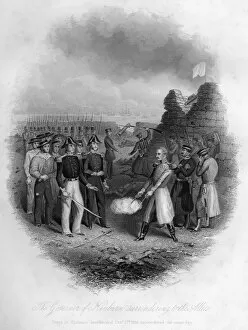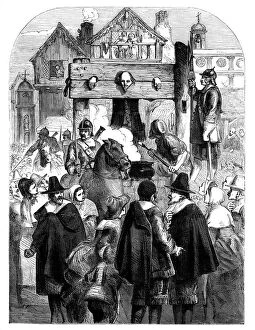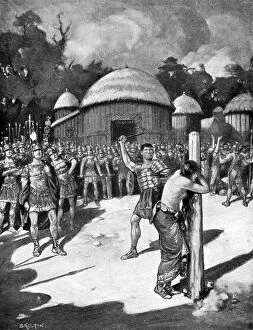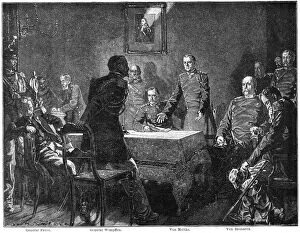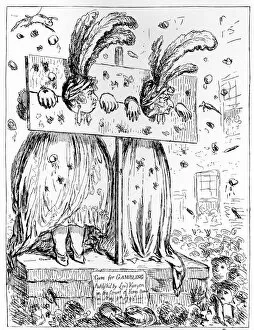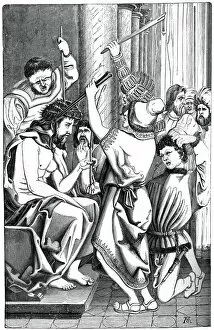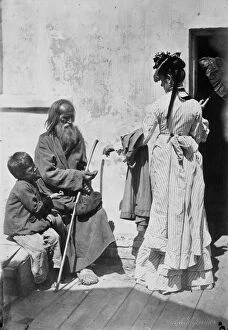Humiliated Collection (#6)
"Humiliated: A Journey Through History's Tales of Shame and Mockery" Step into the past and witness moments of humiliation captured in art
For sale as Licensed Images
Choose your image, Select your licence and Download the media
"Humiliated: A Journey Through History's Tales of Shame and Mockery" Step into the past and witness moments of humiliation captured in art. From political submissions to artistic punishments, these images depict the vulnerability and degradation experienced by individuals throughout history. In 1077, Henry IV's submission at Canossa is immortalized in an unknown painting. The once powerful ruler humbles himself before Pope Gregory VII, a moment that forever stains his legacy. Queen Margaret places a paper crown on the Duke of York's head in a painting from the 18th century. This symbolic act reveals her triumph over him, leaving him feeling exposed and belittled. The German punishment known as the "Shame Flute" showcases how being a poor musician could lead to public humiliation. Those who failed to meet musical standards were forced to play this instrument while being mocked by their peers. Even great conquerors like Alexander the Great faced moments of humiliation. Though celebrated for his victories, he too experienced setbacks that left him questioning his own invincibility. General Methuen surrendering to de la Rey during the 2nd Boer War highlights another instance of personal defeat. As he relinquishes control, his pride is shattered under the weight of defeat. Religious narratives also capture instances of humiliation with profound impact. In scenes depicting Jesus' Passion, we witness Him stripped of His clothes - an act meant to degrade and expose His vulnerability. From Christ's crowning with thorns to His flagellation and mocking, artists have depicted these painful moments throughout centuries. Each stroke on canvas portrays not only physical suffering but also emotional torment inflicted upon Him. Lastly, Robert van Audenaerde's "Mocking of Christ" encapsulates both physical abuse and psychological torment endured by Jesus at human hands. These paintings serve as reminders that even divinity can be subjected to shame and ridicule. These captivating artworks remind us that humiliation has been woven into our shared history.



